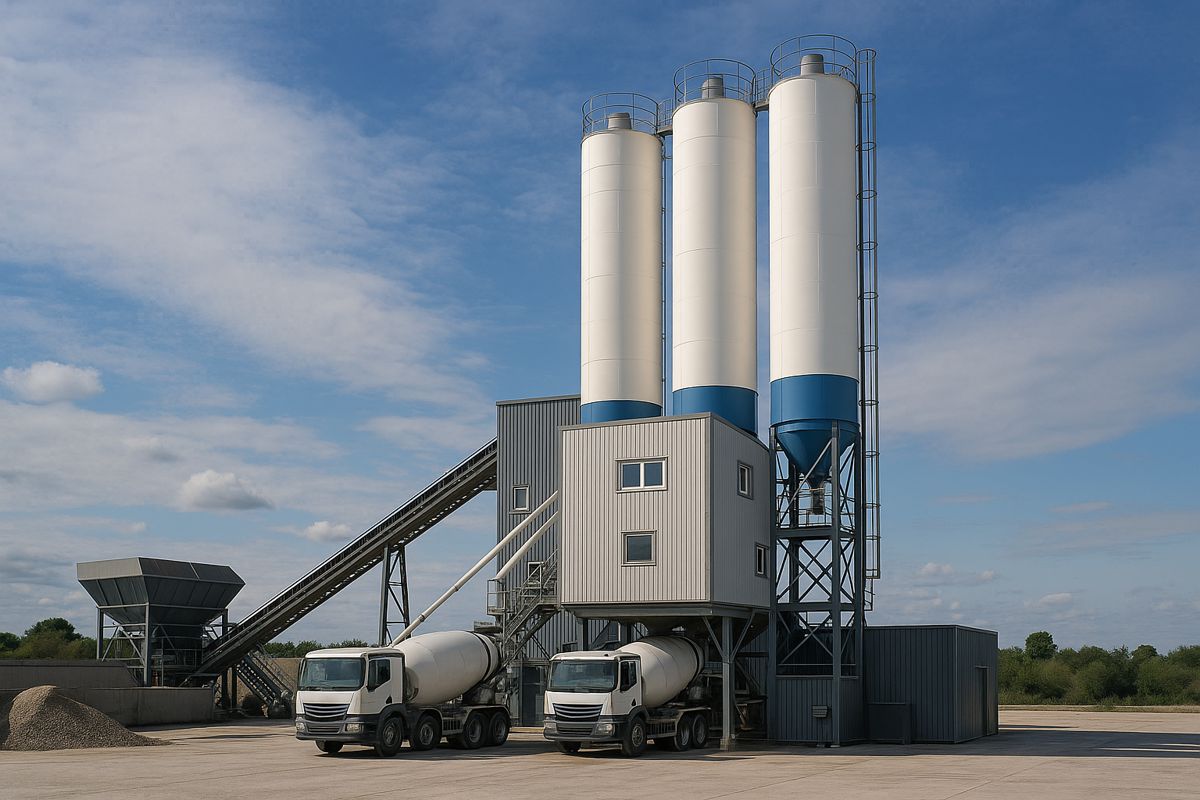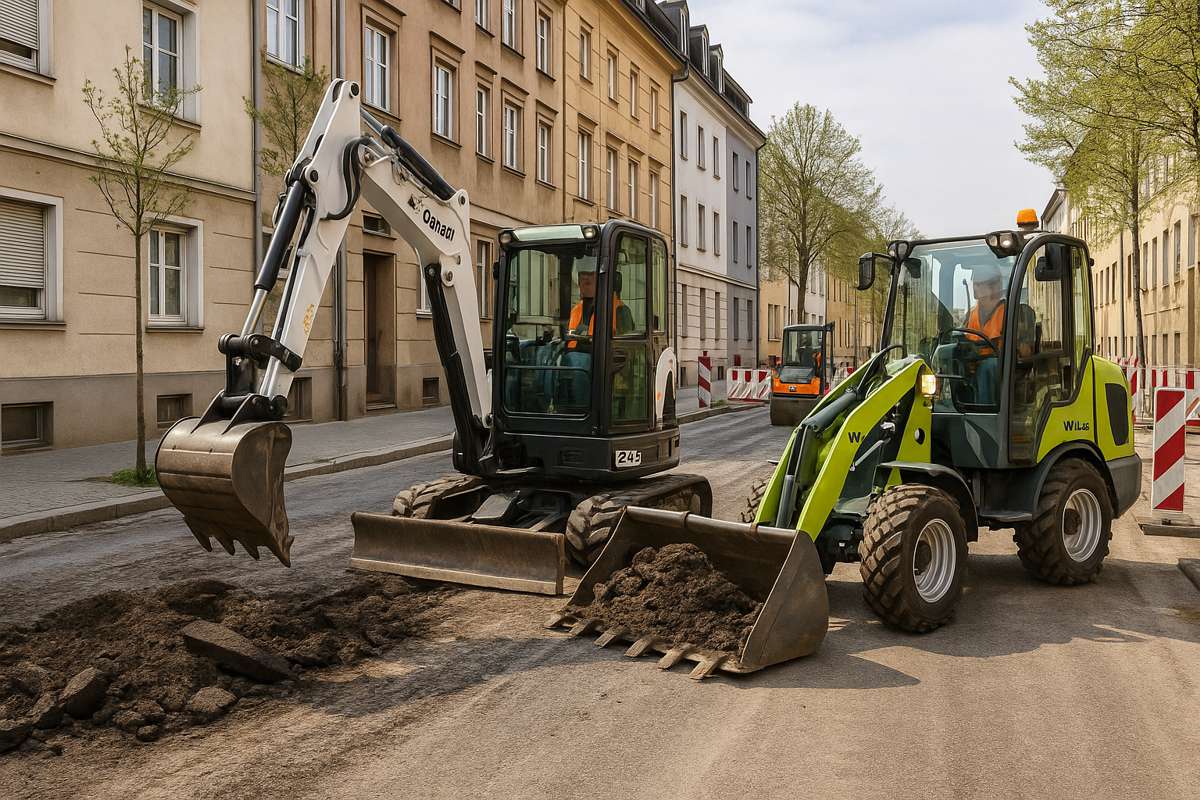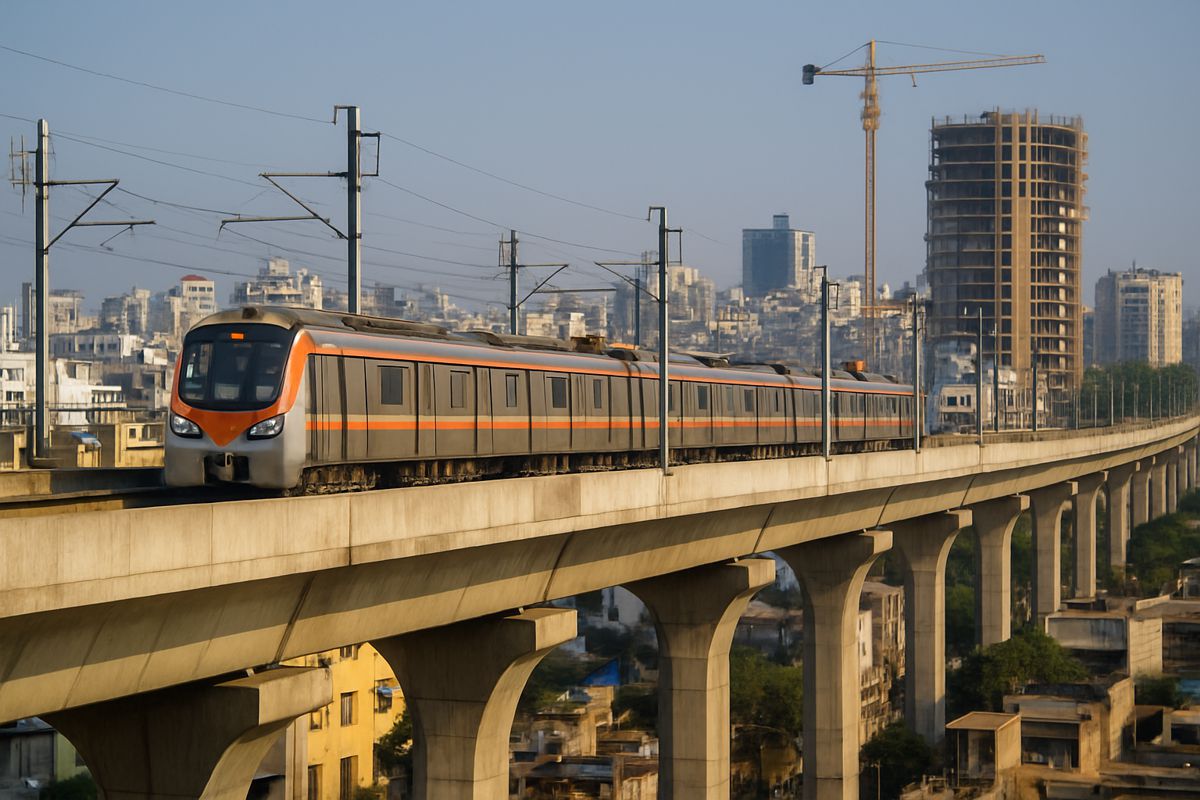Rail Electrification Enters a Bold New Era in the Baltics
A Spanish-led consortium comprising VINCI’s Cobra IS and Elecnor has secured the monumental contract to electrify 870 km of railway for the Rail Baltica project across Estonia, Lithuania, and Latvia. The initiative not only represents one of Europe’s most ambitious railway electrification programmes but also a defining step in integrating the Baltic region with the broader European transport network.
Valued at around €1.7 billion, the contract underscores the European Union’s commitment to sustainable infrastructure and cross-border mobility. Construction will be carried out in two phases, with work expected to commence in 2026 and completion scheduled by 2030.
SFC and 2x25kV Technology
The project will introduce Static Frequency Converter (SFC) technology on an unprecedented scale, combined with a 2x25kV, 50 Hz system powered through ten traction substations. This advanced setup will ensure a stable, efficient, and environmentally friendly power supply across the entire network.
For the first time in the region, this hybrid configuration will allow for seamless interoperability with Europe’s electrified rail systems. By converting grid power into the frequency required for traction, SFC technology bridges the gap between national grids and railway networks, significantly reducing losses and maintenance costs.
Rail Baltica representatives emphasised that the electrification system has been designed with sustainability at its core, enabling the use of renewable energy sources and smart-grid integration. The system also supports future-ready automation features that could pave the way for more efficient train operations.
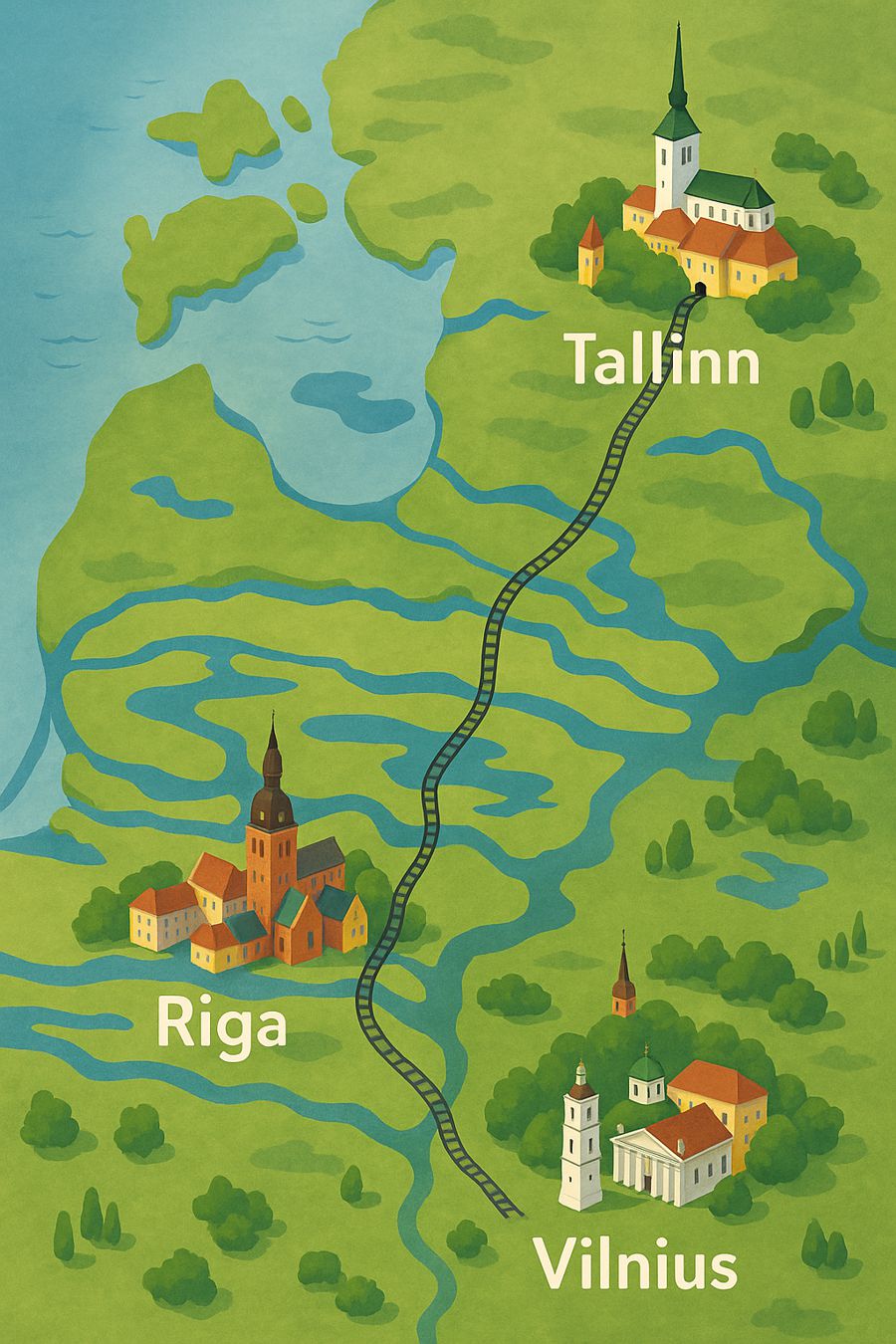
Cost Revisions and Financial Realities
When Rail Baltica was first conceived in 2017, its estimated cost hovered around €5.8 billion. However, by November 2024, that figure had ballooned to between €19 billion and €25 billion, driven by inflation, design changes, and the incorporation of modern technologies. The electrification component alone now represents nearly 10% of the total project cost.
The project will be implemented in stages, with the mainline prioritised for completion by 2030. This phased approach aims to manage financial pressures while ensuring operational readiness along key freight and passenger corridors.
Despite the cost escalation, EU institutions have reaffirmed their support. Up to 85% of eligible expenses will be covered through the Connecting Europe Facility, ensuring continued momentum despite funding challenges.
Regional and Economic Impact
Rail Baltica’s electrification will have a transformative effect on the region’s mobility, economy, and environment. Once completed, it will enable trains to travel at speeds up to 249 km/h, dramatically reducing travel times between the Baltic capitals and Poland.
The project is expected to:
- Strengthen trade routes linking Northern Europe with Central and Western Europe.
- Cut carbon emissions by replacing diesel-powered locomotives with electric traction.
- Stimulate local economies through job creation, supply-chain activity, and regional investment.
According to updated cost-benefit analyses, Rail Baltica could add up to 0.7% to the combined GDP of Estonia, Latvia, and Lithuania, with long-term socio-economic benefits exceeding €20 billion.
Managing Challenges and Risks
While the vision is bold, the challenges are significant. National audit bodies in the three Baltic states have warned of potential funding shortfalls and construction delays. Latvia, for instance, is considering a €1 billion loan to cover its share of the project, while discussions continue on possible scope adjustments to manage costs.
Proposals to prioritise single-track sections or delay secondary infrastructure like overpasses and stations have been floated to control spending. However, experts warn that scaling back now could compromise long-term capacity and resilience.
Political coordination across three sovereign nations also presents a logistical test. Harmonising procurement, safety standards, and environmental regulations will require tight synchronisation between Rail Baltica’s joint venture and each national authority.
Europe’s Strategic Rail Corridor
Beyond the engineering and financial aspects, Rail Baltica carries deep geopolitical importance. It represents the physical and symbolic link connecting the Baltic States more firmly with Western Europe, reducing their reliance on legacy rail systems inherited from the Soviet era.
The project forms part of the Trans-European Transport Network (TEN-T), designed to unify Europe’s logistics and transport systems. Once operational, Rail Baltica will provide a critical north-south artery for both freight and passengers, supporting Europe’s green and digital transitions.
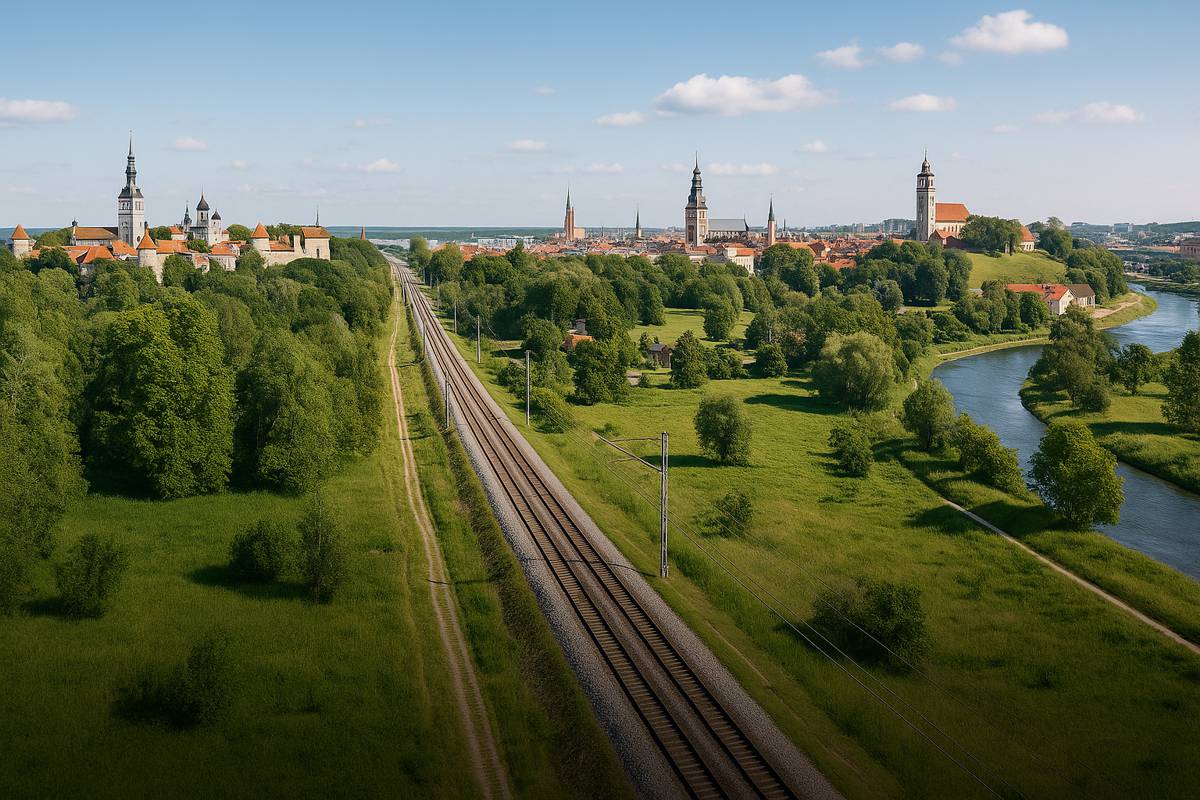
Sustainability and Long-Term Vision
The electrification programme underscores the EU’s push towards climate neutrality by 2050. The new infrastructure is expected to reduce rail transport emissions by up to 80% compared with current diesel operations.
Environmental considerations have been embedded throughout the design, from noise mitigation and wildlife crossings to renewable power sourcing. The Rail Baltica organisation also aims to adopt smart energy management systems that balance electricity consumption dynamically, further enhancing sustainability.
A Catalyst for Regional Transformation
The electrification of Rail Baltica is more than a technical milestone; it’s a statement of intent. It embodies the Baltic States’ ambition to modernise their transport systems, attract international investment, and strengthen their integration into the European Union.
With VINCI’s Cobra IS and Elecnor leading the charge, backed by EU funding and regional cooperation, the project stands poised to redefine the future of mobility in Northern Europe. If managed with discipline and foresight, it could serve as a model for large-scale, cross-border infrastructure development across the continent.









